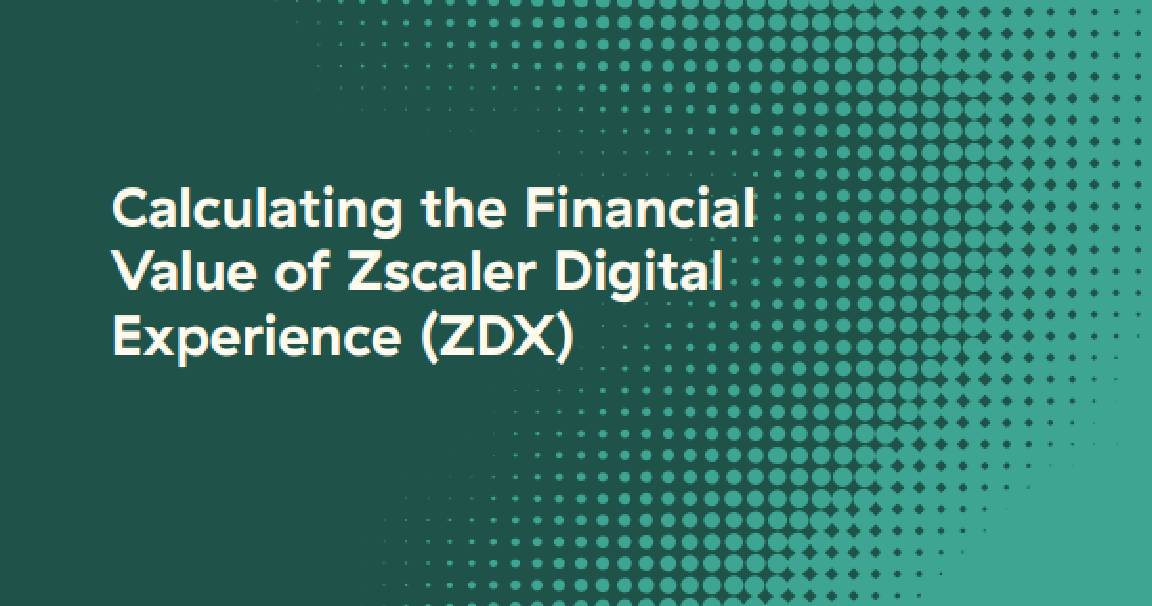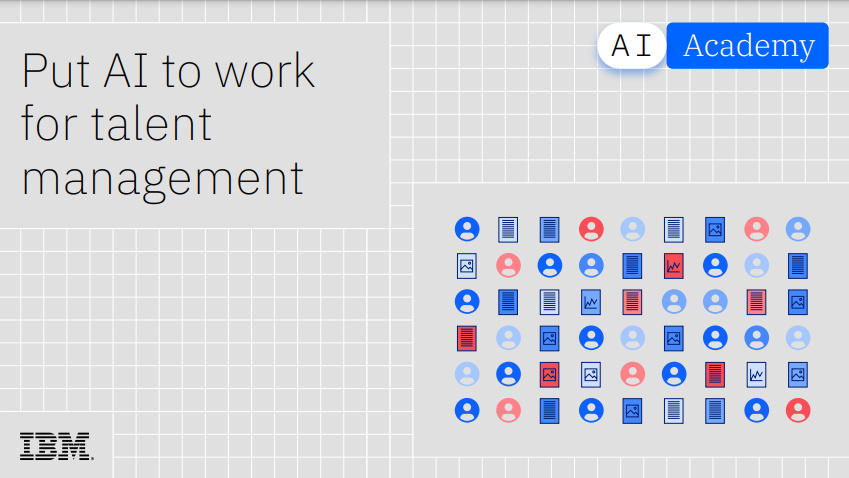Phoenix Pay: When a federal payment system breaks
The Phoenix pay system debacle acts as a negative example for all public sector organizations


How does a government have a technical disaster that leaves employees out of pocket seven years on? If you ask the Public Service Alliance of Canada, the union tasked with representing federal government workers, the fault lies squarely at the feet of the Canadian government.

“From overpayments and underpayments to missed paycheques, delayed retirement severance and botched pay grades, more than half of all federal public service workers continue to suffer pay issues because of a broken pay system,” says Public Service Alliance of Canada (PSAC) president Chris Aylward.
“Being paid properly, and on time, is a fundamental aspect of the employment relationship. Why can’t the federal government – Canada’s largest employer – get this right, when other employers can?”
Their gripe is with the Phoenix pay system, an initiative started in 2009 under then prime minister Stephen Harper, implemented by IBM, and rolled out in 2016 by what had become a Liberal government led by Justin Trudeau. Much has been made of the faults of the system, and large-scale investigations by national media have followed, but the back end root of the problems has been less clear.
Phoenix pay: Colossal IT issues
The scale of the problem was large. PSAC stated that 418,000 cases were still in the backlog as of March 2023, while CBC reported government figures that showed a backlog of 209,000 in April 2023. The issues are wide-ranging and have cost the Canadian government more than $2 billion. As authors from the University of Regina wrote, “The short history of the Phoenix Pay System is a study in public project mismanagement. It illustrates the dangers of rolling out policy changes when substantial political pressure is involved and the challenges of combating multiple and mounting negative outcomes.”
The goal, similar to many federal-level projects of the time, was to cut costs and create a simpler and more financially effective way of paying employees. The initial contract with IBM and the surrounding development and programming costs totalled $309 million. Fast forward 14 years, in 2022, IBM was paid CA$106 million (£63 million) to extend its contract and has repeatedly defended itself against accusations that it is to blame for Phoenix’s issues.
RELATED RESOURCE

Discover a security platform that will help you secure a safe productive flow
DOWNLOAD NOW
“IBM’s responsibility was the technology component,” then IBM head of innovation, corporate citizenship, and governmental affairs Regan Watts told the Toronto Star in 2018.
“The software is working as it was designed…The responsibility for change management, for training, for business processes, those are outside of our scope. Those are the responsibility of the government of Canada.”
Get the ITPro daily newsletter
Sign up today and you will receive a free copy of our Future Focus 2025 report - the leading guidance on AI, cybersecurity and other IT challenges as per 700+ senior executives
By 2018, senate hearings had already been initiated and the Canadian government has handed out contracts to vendors in an attempt to stabilize the system, including an eight year CA$16.9 million contract with Ceridian. As of June, 2022, IBM had been paid CA$545 million and another extension has been exercised since then. That addition cost the Canadian government CA$119.37 million and the contract includes ten years-worth of one year options that can be deployed as needed.
Phoenix pay: what does the future hold?
Whoever is to blame—and whether Ceridian can implement a solution with fewer issues— the delays aren’t small. CBC has reported that cases have led to workers being compensated for the equivalent of 4.3 million hours over payment issues, meaning the government has had to recoup more than CA$500 million in overpayments, and employee and public confidence has shattered.
In the meantime, Aylward claims that those problems are rising, rather than falling.

“There continues to be a massive backlog of pay problems, both old and new. Despite commitments from the government to reduce the backlog of issues, the pay problems continue to pile up, growing by nearly 10% per year since 2018…The Phoenix pay fiasco is a national disgrace that still affects the lives of tens of thousands of Canadian workers, and this government has consistently failed to do what it takes to make this right. It is time for the government to take urgent action to resolve the Phoenix pay backlog and prioritize solutions to end this disaster.”
The government has its own version of events—along with entire reports detailing what has been learned. Much of their attention has been paid to the business and use-case side of the project, but what can IT professionals learn from the debacle?
The Treasury Board of Canada Secretariat, which authored a document reflecting on Phoenix pay, suggested six key areas where things fell down: accountability, governance, change management, outcome management, and capacity management. In other words, those looking to implement similar systems should be really clear on what they’re trying to accomplish, how the structures of accountability are going to meet that goal, and how much work their organization can handle when implementing a new project. The clear warning from this debacle is that failing to make sure your project stays within budget, within scope, and within capacity is a governance problem as much as a technological one. Digital transformation projects of this magnitude require the most careful implementation possible, no matter how strong the technical foundation.

John Loeppky is a British-Canadian disabled freelance writer based in Regina, Saskatchewan. He has more than a decade of experience as a professional writer with a focus on societal and cultural impact, particularly when it comes to inclusion in its various forms.
In addition to his work for ITPro, he regularly works with outlets such as CBC, Healthline, VeryWell, Defector, and a host of others. He also serves as a member of the National Center on Disability and Journalism's advisory board. John's goal in life is to have an entertaining obituary to read.
-
 Bigger salaries, more burnout: Is the CISO role in crisis?
Bigger salaries, more burnout: Is the CISO role in crisis?In-depth CISOs are more stressed than ever before – but why is this and what can be done?
By Kate O'Flaherty Published
-
 Cheap cyber crime kits can be bought on the dark web for less than $25
Cheap cyber crime kits can be bought on the dark web for less than $25News Research from NordVPN shows phishing kits are now widely available on the dark web and via messaging apps like Telegram, and are often selling for less than $25.
By Emma Woollacott Published
-
 IBM completes HashiCorp acquisition after regulatory approval
IBM completes HashiCorp acquisition after regulatory approvalNews IBM has completed its $6.4 billion acquisition of cloud automation and security firm HashiCorp,
By Emma Woollacott Published
-
 IBM eyes Oracle expertise gains with latest acquisition
IBM eyes Oracle expertise gains with latest acquisitionNews The deal aims to help IBM address the complexities of public sector cloud transformation
By Emma Woollacott Published
-
 UK regulator to investigate IBM takeover of HashiCorp
UK regulator to investigate IBM takeover of HashiCorpNews The CMA is concerned that the merger could affect competition in the cloud services market
By Emma Woollacott Published
-
 Channel Focus: All you need to know about IBM's partner program
Channel Focus: All you need to know about IBM's partner programHow Big Blue seeks to go deep, tackling enterprise complexity: A brief guide to the role of partners in IBM's plan to accelerate software and consulting sales.
By Fleur Doidge Published
-
 Put AI to work for talent management
Put AI to work for talent managementWhitepaper Change the way we define jobs and the skills required to support business and employee needs
By ITPro Published
-
 Let’s rethink the recruiting process
Let’s rethink the recruiting processwhitepaper If you designed your recruiting process for a new company, what would you automate to attract and hire the best talent?
By ITPro Published
-
 The power of AI & automation: Productivity and agility
The power of AI & automation: Productivity and agilitywhitepaper To perform at its peak, automation requires incessant data from across the organization and partner ecosystem.
By ITPro Published
-
 Everything you need to know about IBM’s HashiCorp acquisition
Everything you need to know about IBM’s HashiCorp acquisitionNews IBM’s acquisition of HashiCorp represents a major signal of intent for the tech giant and its hybrid cloud and AI ambitions
By Steve Ranger Last updated